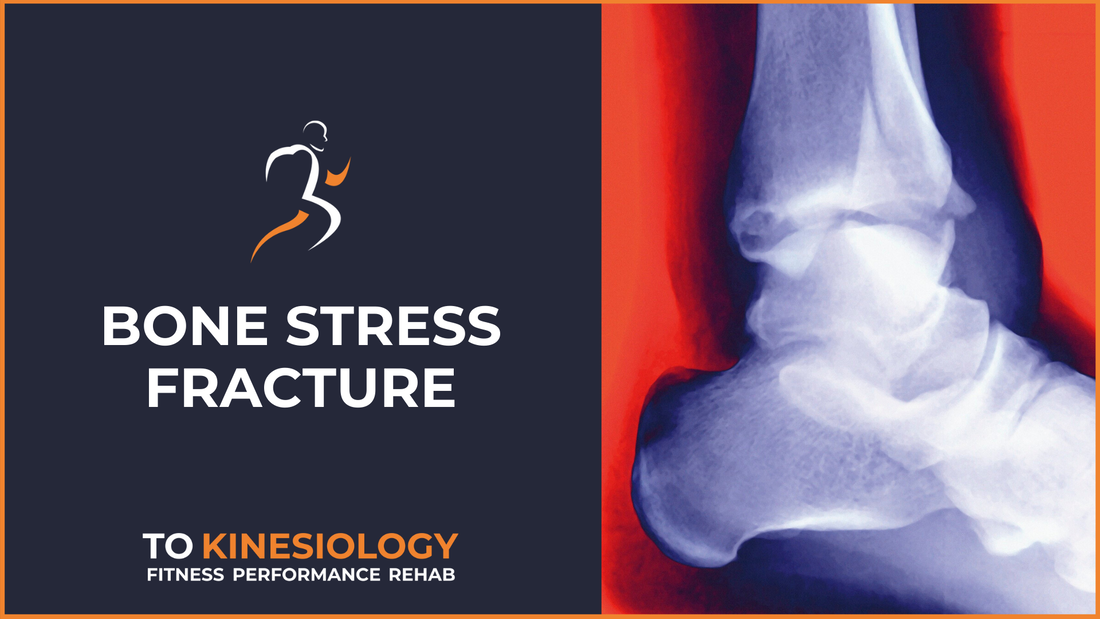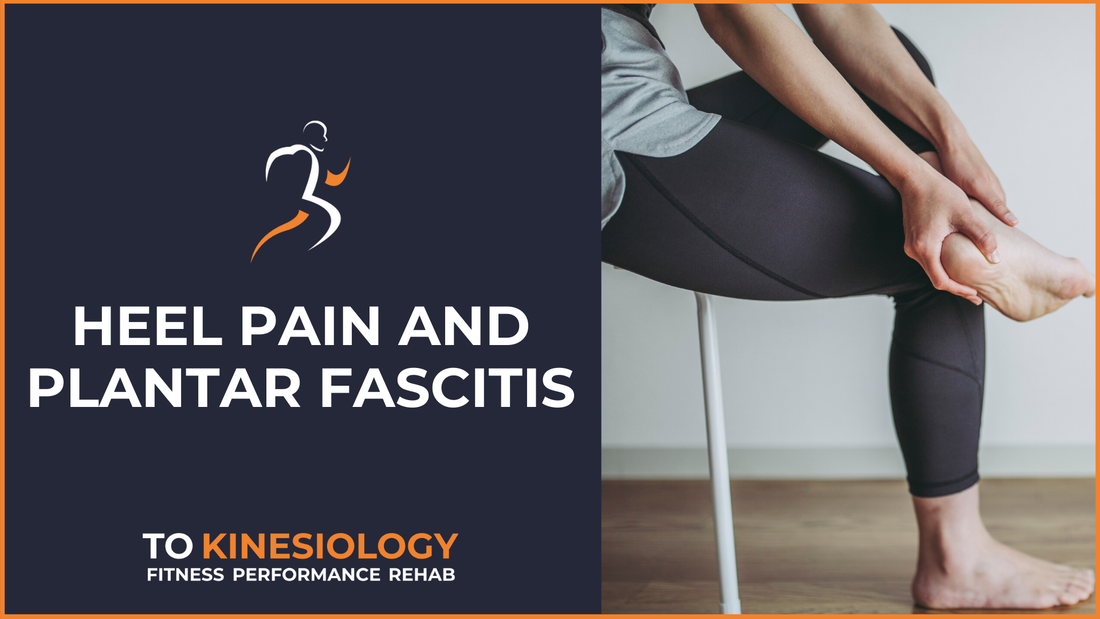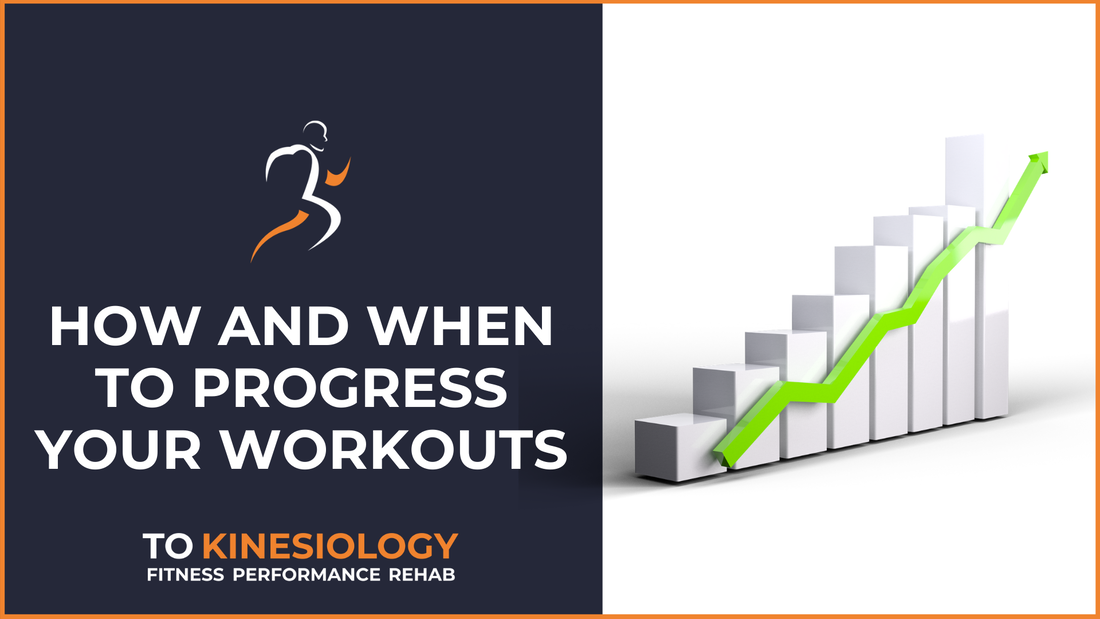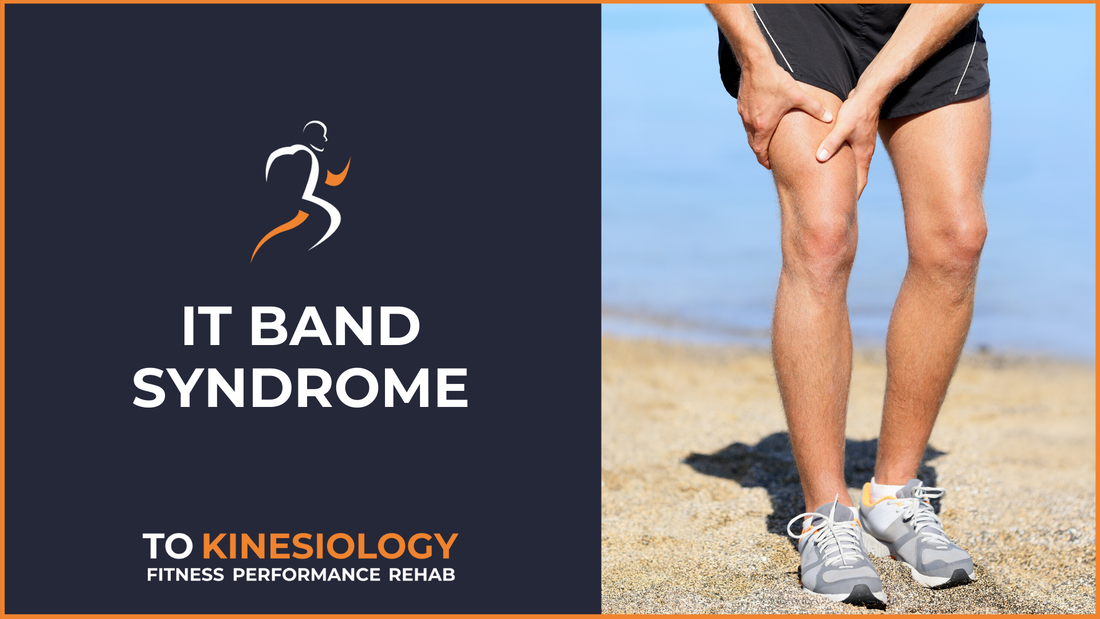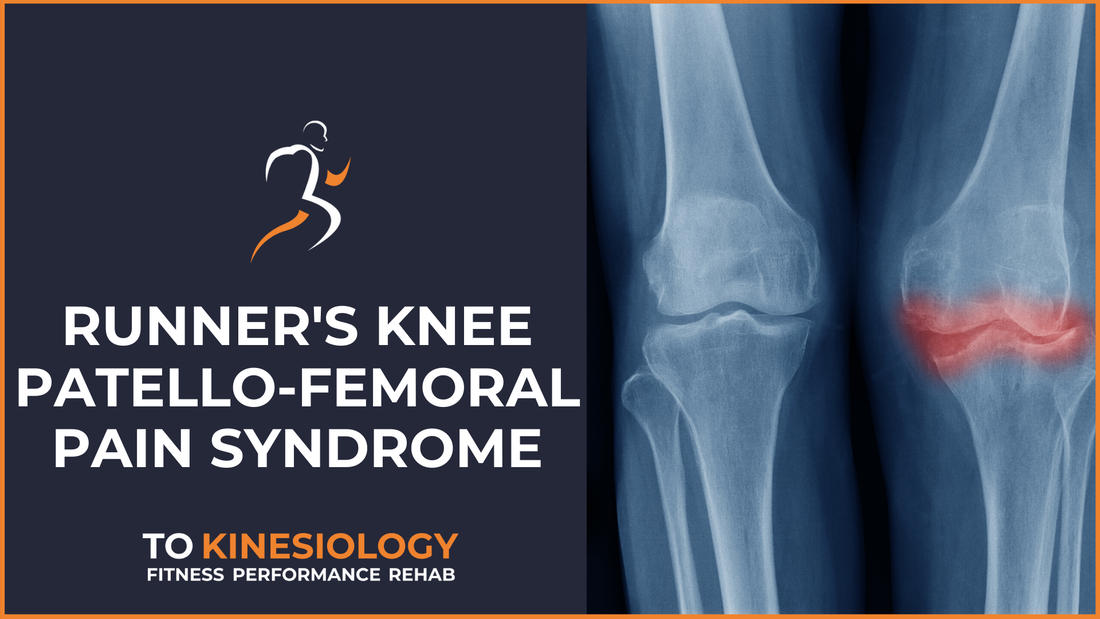|
written by: Nem
Just like any other tissue in our body, bones adapt to stresses that we put them trough. When we walk, run or jump, forces that go through your body can be as high as 12 times your body weight. written by: Nem
Plantar fasciitis can be one of the most frustrating injuries you can encounter during your running career. It usually appears out of nowhere and is characterized by a deep ache or sharp pain under your heel and along the arch of the foot. written by: Nem
To keep getting stronger, building muscle or improving any aspect of your fitness, there needs to be a progressive overload. Progressive overload simply means that there needs to be some kind of progression over time in order to imporve what you are trying to imporve. You can't expect to see any imporvements if you never change your workouts. written by: Nem
If you've come to our website searching for IT band syndrome, chances are that you are currently struggling with IT band (i.e. ilitibial band) and feeling discomfort on the outside of your leg and outer portion of your knee. written by: Nem
Do you have pain around your knee cap when squatting or descending stairs? Does it get worse after prolonged sitting? In case you have any of these symptoms, chances are that you might have patellofemoral pain syndrome (PFPS), also called "the runner’s knee". |
- Home
- About
-
Pricing/Services
- FITNESS STUDIO/CLINIC PERSONAL TRAINING
- Mobile & In-home Kinesiology & Personal Training
- Reformer pilates in Toronto
- Physiotherapy
- Online Personal Training and Kinesiology >
- 3D Body Mapping
- InBody Test
- Ultrasound Body Composition Assessment
- Metabolism test - Toronto
- V02 Max and Metabolism testing - Toronto
- Medical Fitness Testing
- Spirometry (lung function)
- Rent gym in Toronto
- Fitness classes
- Corporate wellness and fitness in Toronto
- Client Reviews
- Blog
- Members
- Contact
AboutProfessional personal training by kinesiologists in Toronto specializing in joint/muscle issues and medical conditions. We'll help you reach your health and fitness goals while managing your condition to move, feel and perform at your best. Private studio, in-home/mobile and online coaching options available. Aside from quality and reliable service from trusted health professionals, working with kinesiologists in Ontario means you might be eligible for a full or partial refund on our services.
|
|
@2024 TO KINESIOLOGY INC. ALL RIGHTS RESERVED
115 WOLSELEY STREET, M6J 1K1, TORONTO, ON
115 WOLSELEY STREET, M6J 1K1, TORONTO, ON

